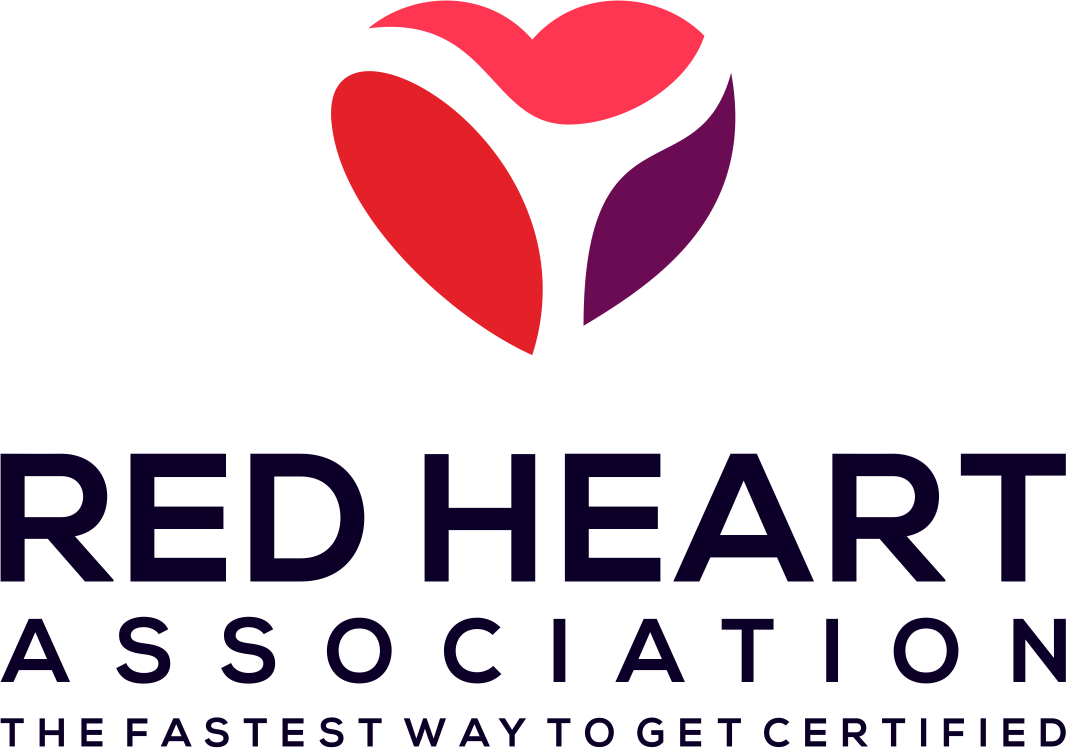CPR for Adults
- Perform a quick survey to check whether the patient is responsive or not. Simultaneously, check for breathing and a carotid pulse for at least 5 seconds and no more than 10 seconds.
- If the patient is unresponsive and not breathing normally, start giving CPR immediately.
- In the hospital, use a bed that has a CPR feature, if not then put the CPR board under the patient. Ensure that the bed is positioned at the correct height to allow you to work effeciently.
- Outside of the hospital setting, lay the patient on the floor and kneel beside them.
- Properly place the heel of the hand in the middle of the patient’s chest at the lowert half of the sternum .
- Put your other hand on the top of the first hand and interlock your fingers together.
- Keep yourself in the position where your shoulders are over your hands while giving CPR. Ensuring that your elbows are locked will give you the best results.
- Compress the chest in a straight up and down motion.
- Remove any clothing that is covering the chest.
- Position your lower palm over the lower half of the patient’s sternum.
- Place the other hand over the first. Add stability by either interlacing fingers for both hands or firmly holding the wrist of the first hand.
- Position your body so your arms are perpendicular to the ground. Lock your elbows to ensure proper position.
- Perform 30 chest compressions with the following in mind:
- Compressions should be at least 2 inches or 5 cm in depth.
- Compressions should be at a rate of 100-120 per minute.
- After compression allow the chest patient as to the fully Do not lean on their chest recoils.
- An adult pocket mask is best used for a single provider and a BVM is best used for multiple rescue providers.
- Seal the mask over the patient’s nose and mouth and open the airway using the head tilt and chin lift technique.
- If you feel like that there is a neck, head or spinal surgery than use the jaw thrust maneuver.
- Provide 2 rescue breaths. Ensure that each breathe lasts for 1 second and you watch the chest rise.
- In case you don’t have a pocket mask or BVM, give mouth to mouth or mouth to nose ventilation.
To ensure high quality CPR and avoid fatigue, alternate rescuers every 2 minutes. Take less than 10 seconds to get into position.
Continue providing CPR until:
- The adult becomes responsive.
- An AED arrives.
- CPR has been performed for 2 minutes and another rescuer is available to take your place.
- Emergency Medical Services arrive and take over.
- Exhaustion is reached.
- The scene becomes unsafe.

